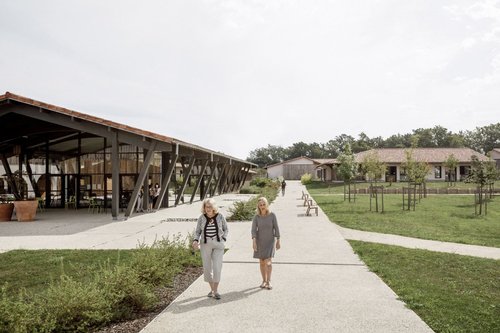
4 min read
A Home for the Ages: Design Innovations for Later Living
Investigating innovative design solutions for the growing needs of an aging population in later living communities.
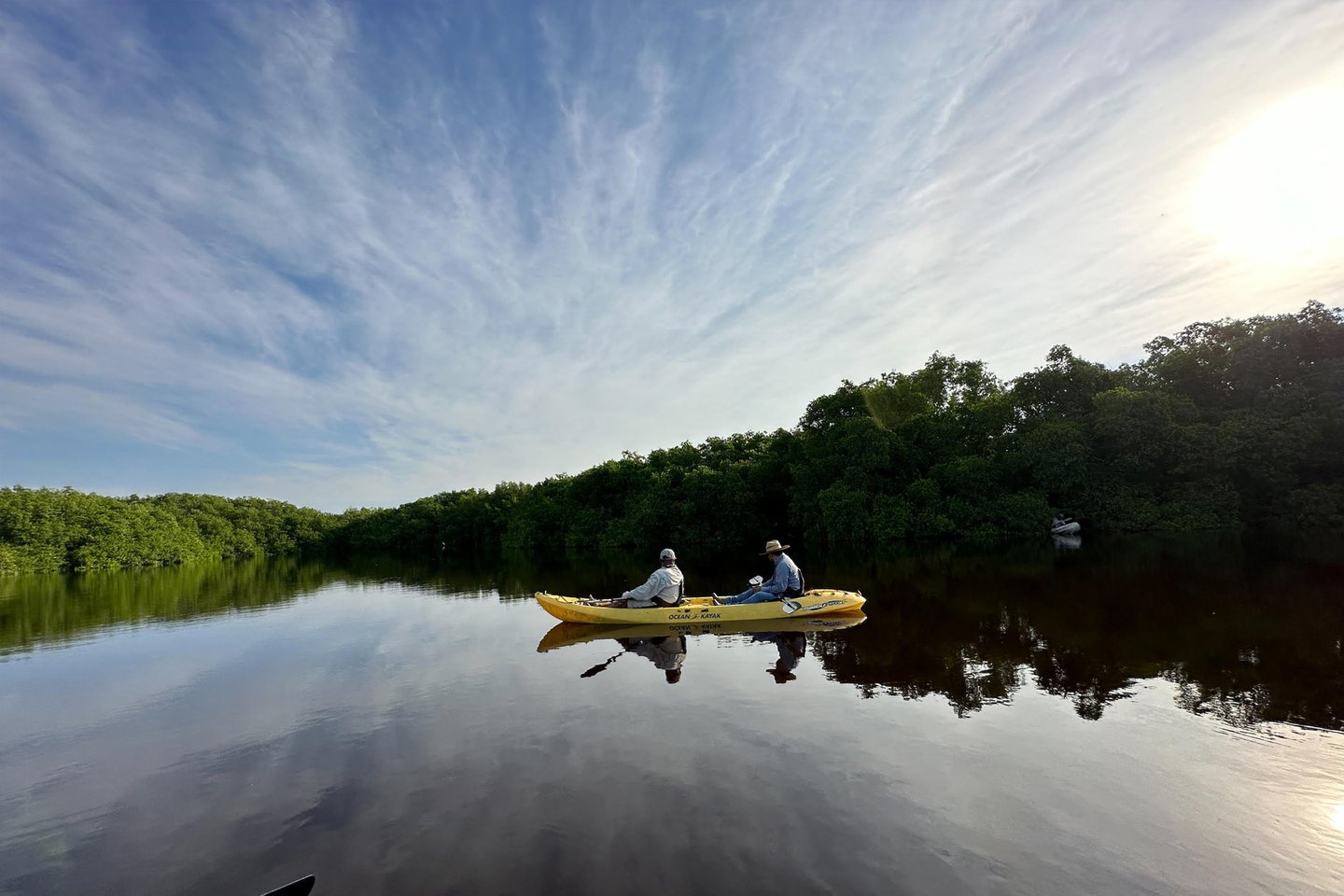
4 min read
WLLW explores the importance of placemaking, placekeeping and indigenous wisdom in development focused on social and ecological wellbeing.
“The people that understand a place the best are the ones that have lived there for generations. It would be foolish to disregard that deep knowledge, yet, so often it is not incorporated in planning.” Stefanie Brendl, a passionate advocate for the environment, envisages a regenerative community for the regional alliance Sierra A Mar, a strategic initiative aimed at sustainable coastal development in Jalisco, Mexico, one of the country’s most biodiverse places. As the project lead, Brendl emphasizes, “everything we do with Sierra A Mar is focused on community based conservation. Co-creating with the people who work the land and the ocean, that live in the communities, that run businesses and grow the economy of a region is the key to developing a sustainable future, because it is those people that make up the heart of the program.”
At the intersection of sustainability and innovation lies the concept of regenerative development, placemaking and placekeeping. Regenerative development focuses on actively restoring ecosystems and communities, while placemaking and placekeeping ensure the creation and preservation of vibrant, culturally significant spaces. Together they form an integrated approach of environmental, social and economic health to create a more equitable and sustainable world. Sierra A Mar’s vision is an inclusive, equitable model that seeks to repair destroyed environments and encourage biodiversity and cultural preservation along a 62 mile (100km) coastal zone encompassing the Costalegre region stretching from Xala in the North to Tamarindo in the South. It has formed a blueprint for ‘Xala’, a community-focused destination that pledges to reforest more than 600 acres of the local area and preserve the endangered fauna.
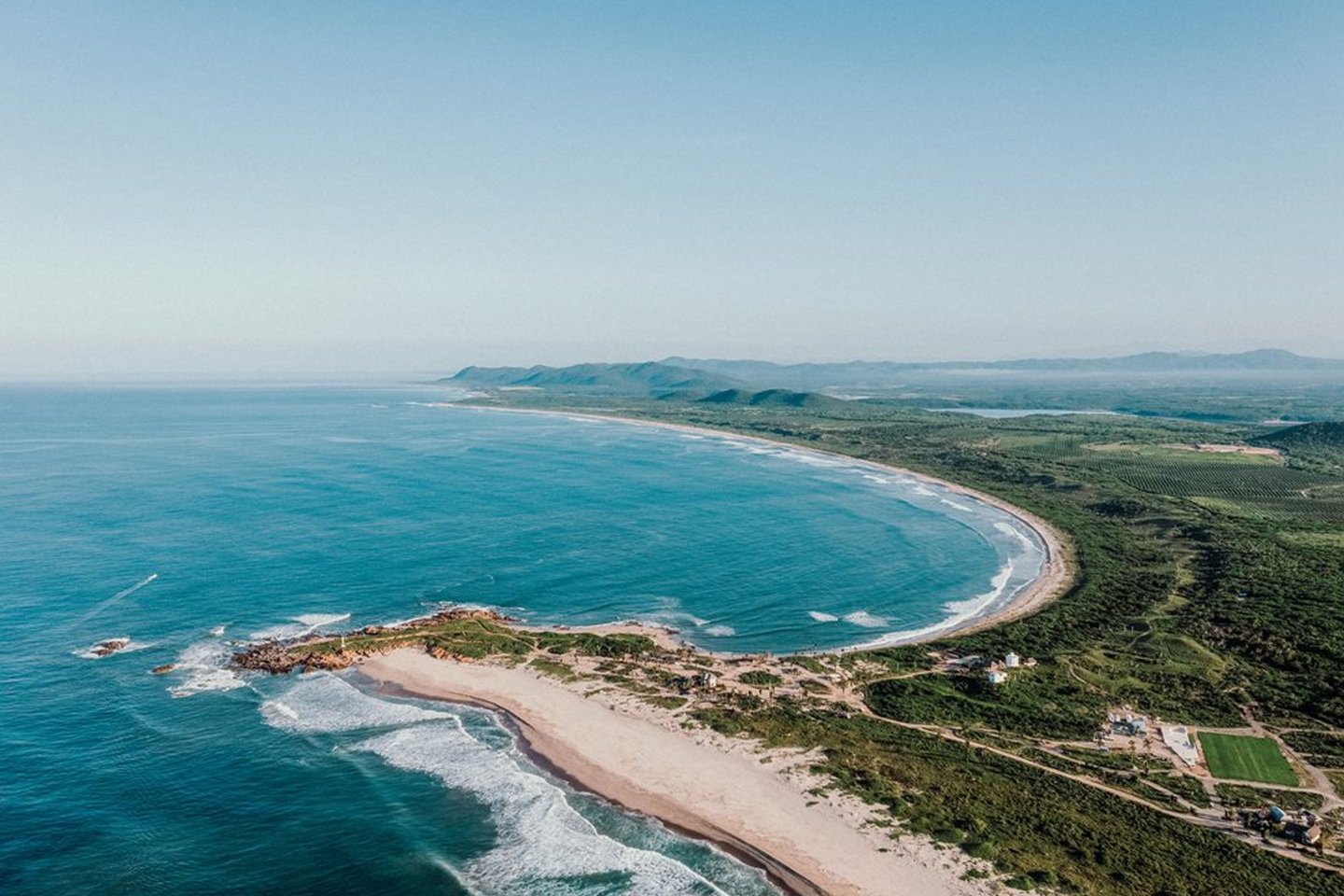
Richard Gere, the visionary lead, suggests that ‘regenerative development’ has been crucial to Xala, yet the term has often lacked clarity and been misused, with corporations being accused of ‘greenwashing’. Regenerative development is also frequently misunderstood as synonymous with sustainability. However, while sustainability aims to preserve existing conditions and prevent further degradation, regenerative development seeks to actively restore and improve ecosystems and communities. Confusing these concepts diminishes the transformative power of true regenerative practices.
“The people that understand a place the best are the ones that have lived there for generations. It would be foolish to disregard that deep knowledge, yet, so often it is not incorporated in planning.”
Stefanie Brendl
In truth, regenerative development emphasizes the vital connections between human, natural and economic systems. It incorporates ecological health, social wellbeing and economic sustainability into every aspect of planning and development. It aims to restore balance to our world for future generations by taking into account community needs. In order to ascertain the nature of those needs, Gere made the suggestion at Xala to “go to the grandmothers.”
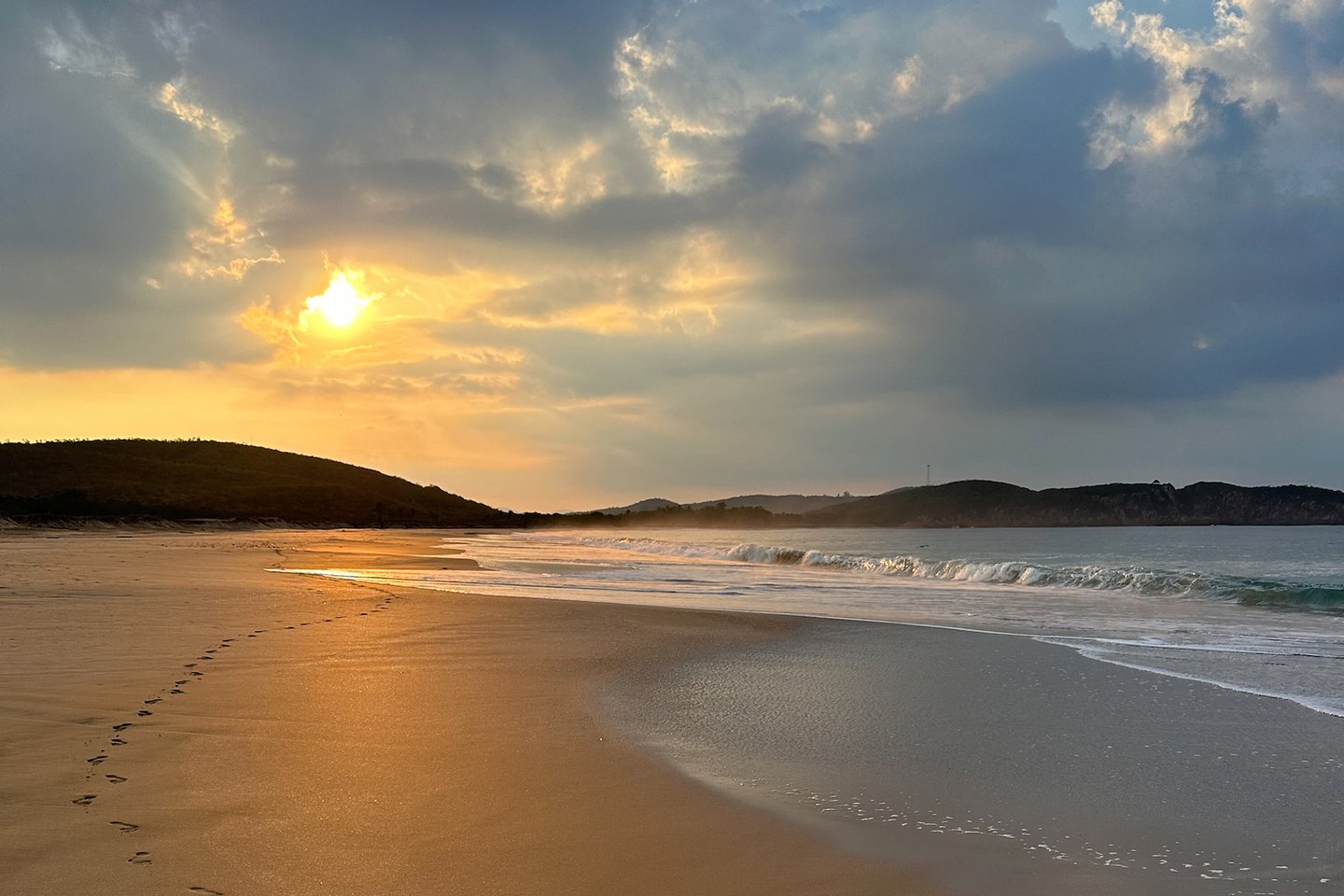
Indigenous and intergenerational wisdom plays an important role in both placemaking and placekeeping, as it encompasses deep knowledge of local ecosystems, biodiversity and natural rhythms. This expertise can lead to the sustainable stewardship of natural resources, ensuring that development aligns with and supports the environment. Placemaking involves creating spaces that foster community engagement and wellbeing, while placekeeping ensures the ongoing maintenance and preservation of these spaces, honoring their cultural and ecological significance.
Indigenous governance structures often involve collaborative and consensus-based decision-making processes – integrating these approaches can enhance community engagement and ensure that diverse voices are heard in both the placemaking and placekeeping processes. Many indigenous cultures hold a spiritual connection to the land and natural elements, viewing them as living entities deserving of respect and care. This perspective can foster a more ethical and respectful approach to land use and development. This includes respecting sacred sites, traditional architectural styles, and cultural landscapes, which can strengthen community identity and pride. By empowering indigenous communities and embracing their wisdom, a more holistic approach to development becomes possible, transcending beyond symbolic effort and preserving cultural heritage.
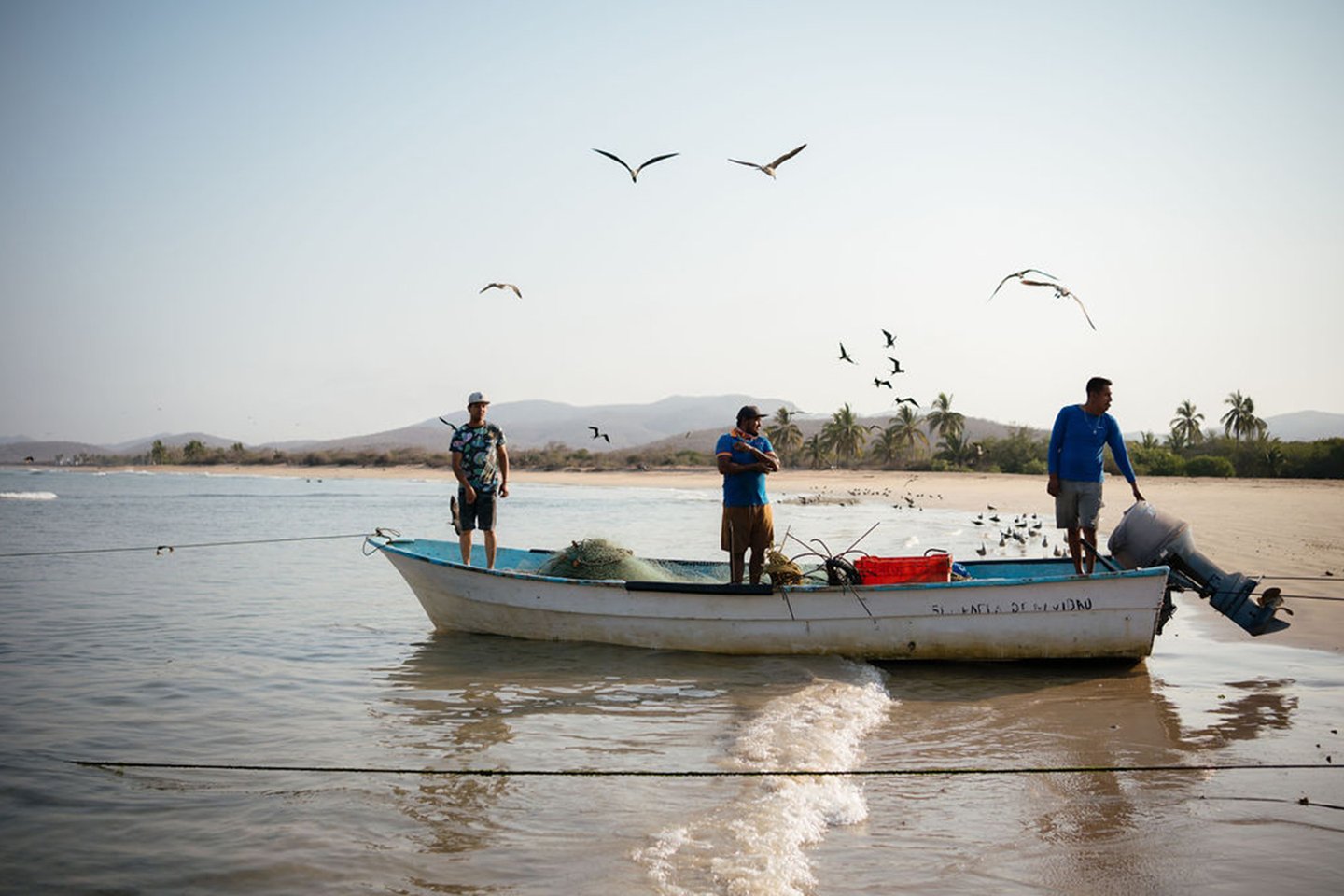
Regenerative development, though ambitious and challenging, offers a transformative approach with the potential to create a sustainable and thriving future. By prioritizing restoration, resilience and holistic integration, it can foster healthier, more resilient and equitable environments. Achieving this vision demands dedicated innovation and a readiness to rethink traditional development paradigms. So, what changes need to be made to the existing pattern?
Development often follows a linear ‘take-make-dispose’ model, where resources are extracted, used and then discarded as waste. By embracing a circular economy where resources are reused, recycled and regenerated, waste and environmental impact can be minimized. Natural resources are often exploited without regard for their regenerative capacities, leading to depletion and environmental degradation. A model focused on ecological and community health would manage natural resources sustainably, ensuring that their use does not exceed their capacity to regenerate and that ecosystems are restored and enhanced.
A reactive approach to environmental policies has frequently been the norm, leading to problems being addressed when they arise, rather than being prevented. The implementation of proactive environmental policies that anticipate and mitigate potential impacts would foster resilience and sustainability from the outset. Brendl perceives the challenges involved as “the justifications of the bottom line. When there is a need to tame nature and divert resources, it very often is excused away based on the future benefits of a development. Social and environmental programs are often seen as a charitable addition, rather than an essential element of development, which results in insignificant funding and weak long term commitments.”
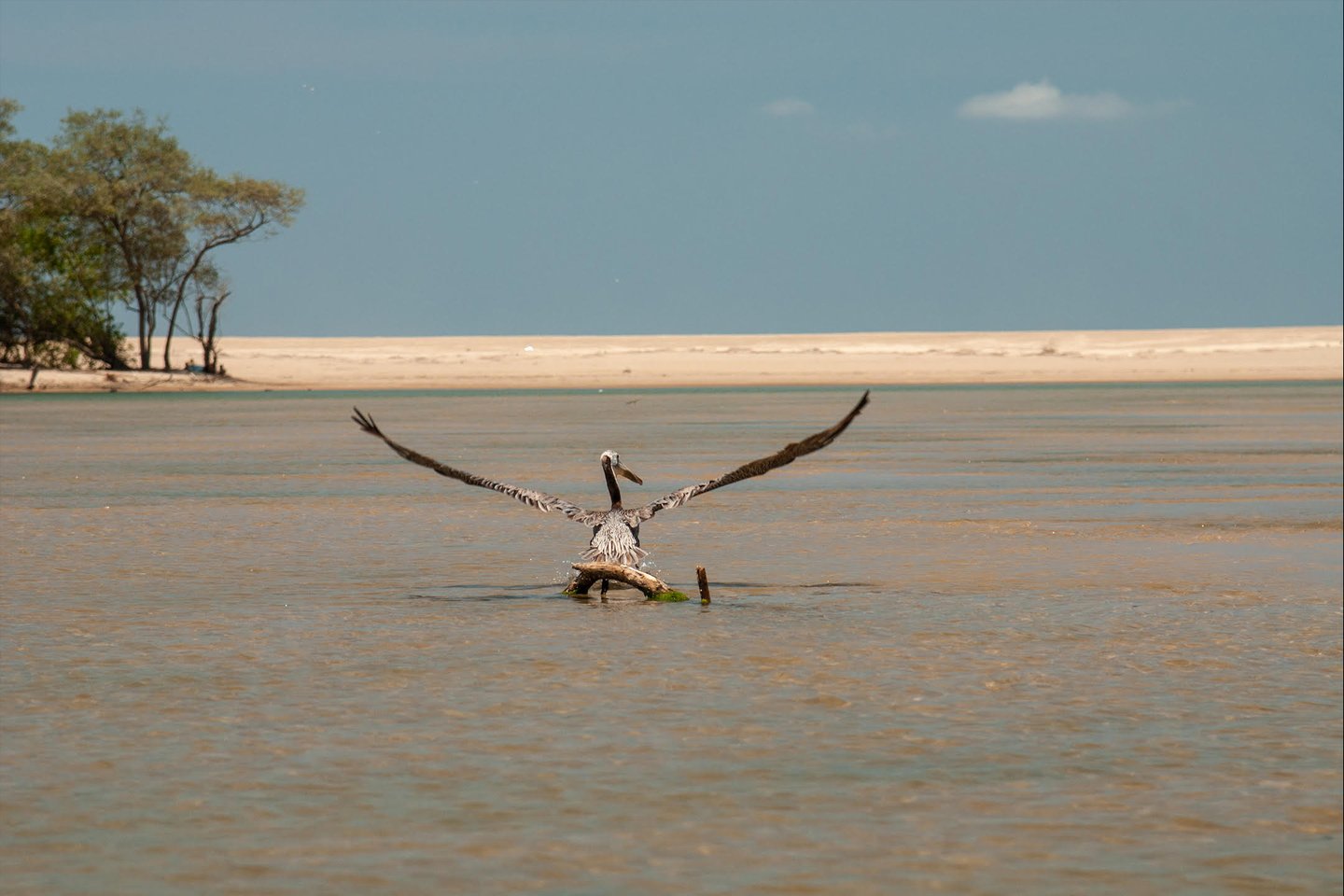
Development initiatives often prioritize quick gains and immediate economic benefits, sidelining considerations for long-term sustainability and community requirements. Decisions are also typically made by a small group of stakeholders, often excluding the input and needs of local communities. It is important to give precedence to comprehensive, forward-thinking planning that intertwines ecological wellbeing, resilience and economic viability long term. This should be done in tandem with the local community, implementing participatory and inclusive planning processes that actively involve residents and diverse stakeholders. Brendl says, “When a project is imposed from above or from outside, the communities will not feel ownership of their own future and therefore will not take a real interest. If all layers of society are invited to collaborate, from the very beginning, then the responsibility to execute and maintain a new strategic plan will also be seen as shared.”
Development frequently depends on large-scale, centralized infrastructure systems for energy, water and waste management, which can be inefficient and susceptible to disruption. It is therefore necessary to create decentralized, resilient infrastructure systems that are adaptable, resource-efficient and tailored to support local needs.
Urban planning typically separates residential, commercial and industrial zones, resulting in car-dependent communities and inefficient land use. A better approach would be to encourage the development of mixed-use areas blending residential, commercial and recreational spaces to foster walkable, dynamic communities with diverse functions.
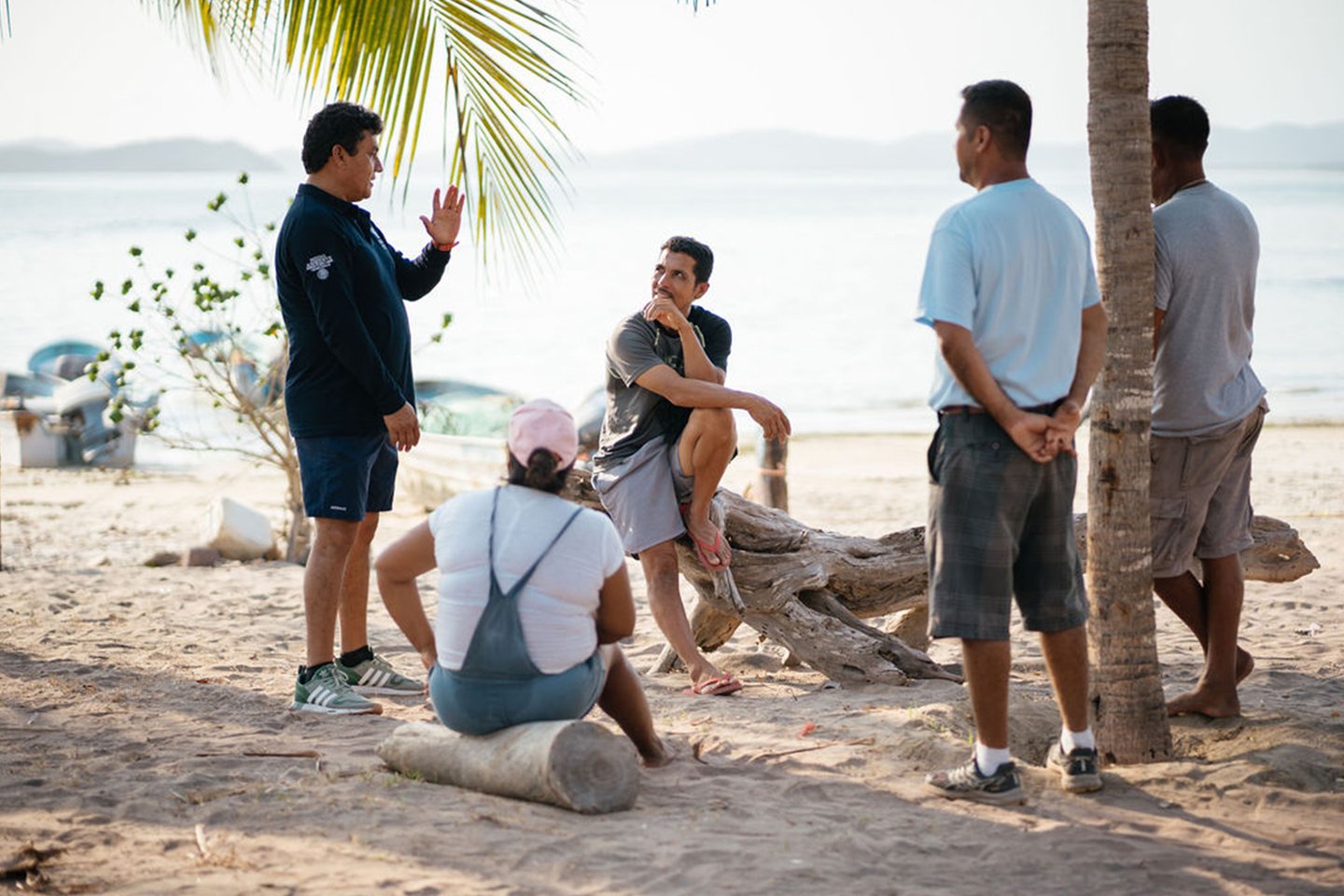
The challenge of creating, keeping and nurturing places and communities that embody health and wellbeing for people and the environment is rooted in finding balance. Brendl believes that, “the traditional way of developing focuses on the balance sheet or investment and returns and that has led to overcrowded, soulless and destructive development.” The path to regenerative development demands a fundamental shift in our approach to planning, resource management and community engagement. We must redefine traditional paradigms and embrace inclusive strategies, intergenerational collaboration and indigenous wisdom. Through collective efforts, we can create vibrant communities that thrive in balance with nature, ensuring a legacy of sustainability for generations to come.
Photography: Stefanie Brendl, Bamba Estudio

4 min read
Investigating innovative design solutions for the growing needs of an aging population in later living communities.
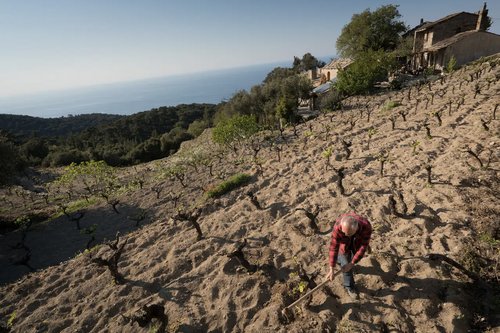
3 min read
WLLW dives into the Blue Zones, exploring how you can incorporate the lifestyle habits of those who live there for a longer, healthier life.